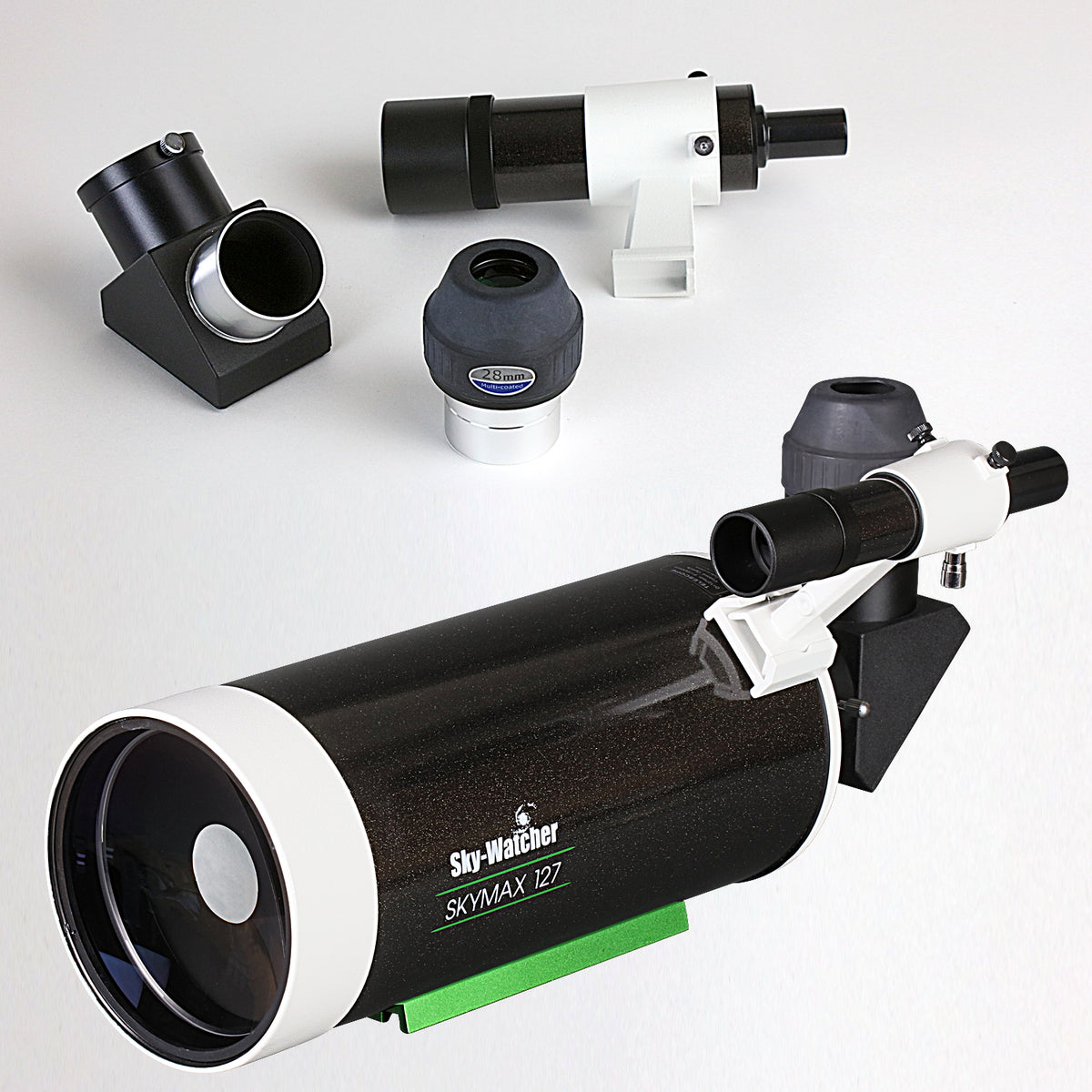Alright, so I'd like to get into star watching, looking at planets and moon...etc. there are other forums on this topic and they all have really good info. however, I can't find a telescope from a brand I actually know. So, I thought I'd ask you folks does any highly reguarded names we know of like S&B, Nightforce, Zeiss,...etc. make a personal telescope?
outside of riflescope manufacurers I was thinking about getting the Celestron XLT 120. based on comments on Cloudy Night Sky.
But then good idea fairy came around and said "hey you like your S&B why not buy a telescope from them" now googling this turned into a bit of a letdown but then the good idea fairy said " comment on snipers hide cause the collected community will provide you better information than a globalist AI search that after page 2 starts showing you chinese and trying to make you buy from the congo......anyways
If you have experience with Astro Telescopes, noteable and respected brands outside of our shooting sphere, please advise! comment back on model and performance.
I hope we can get some good info on Astro Telescopes, their companies, and maybe some awesome pics of space.
Have Fun folks.
outside of riflescope manufacurers I was thinking about getting the Celestron XLT 120. based on comments on Cloudy Night Sky.
But then good idea fairy came around and said "hey you like your S&B why not buy a telescope from them" now googling this turned into a bit of a letdown but then the good idea fairy said " comment on snipers hide cause the collected community will provide you better information than a globalist AI search that after page 2 starts showing you chinese and trying to make you buy from the congo......anyways
If you have experience with Astro Telescopes, noteable and respected brands outside of our shooting sphere, please advise! comment back on model and performance.
I hope we can get some good info on Astro Telescopes, their companies, and maybe some awesome pics of space.
Have Fun folks.


